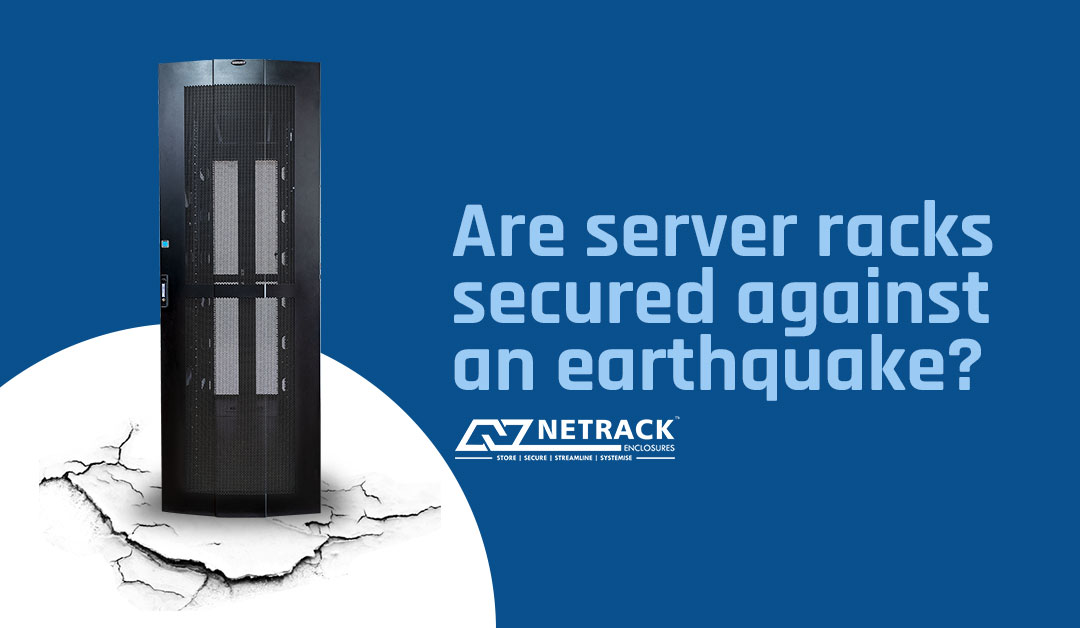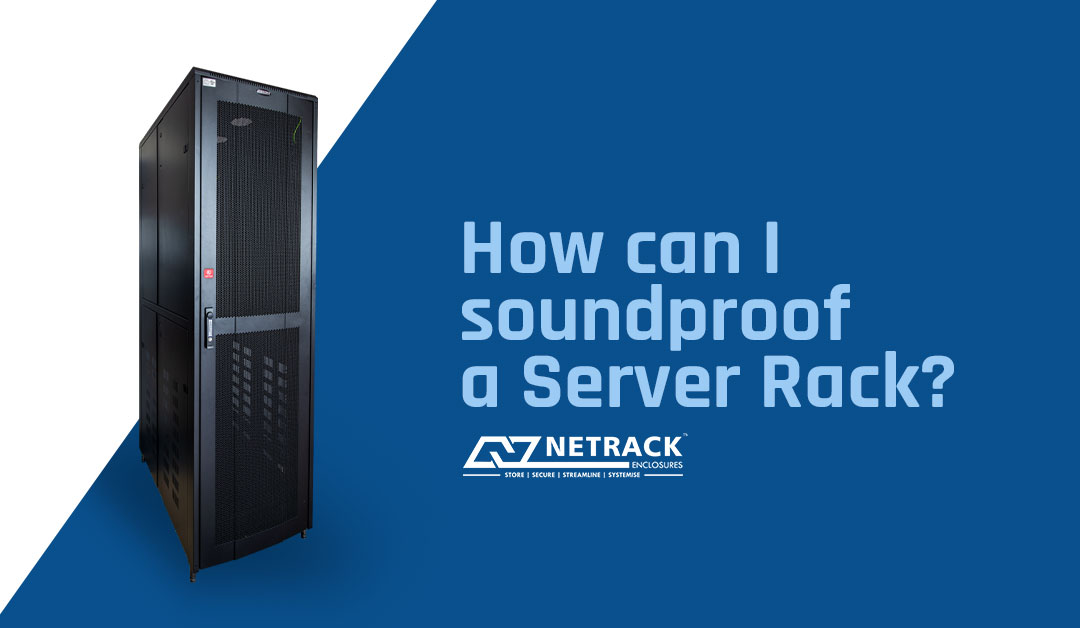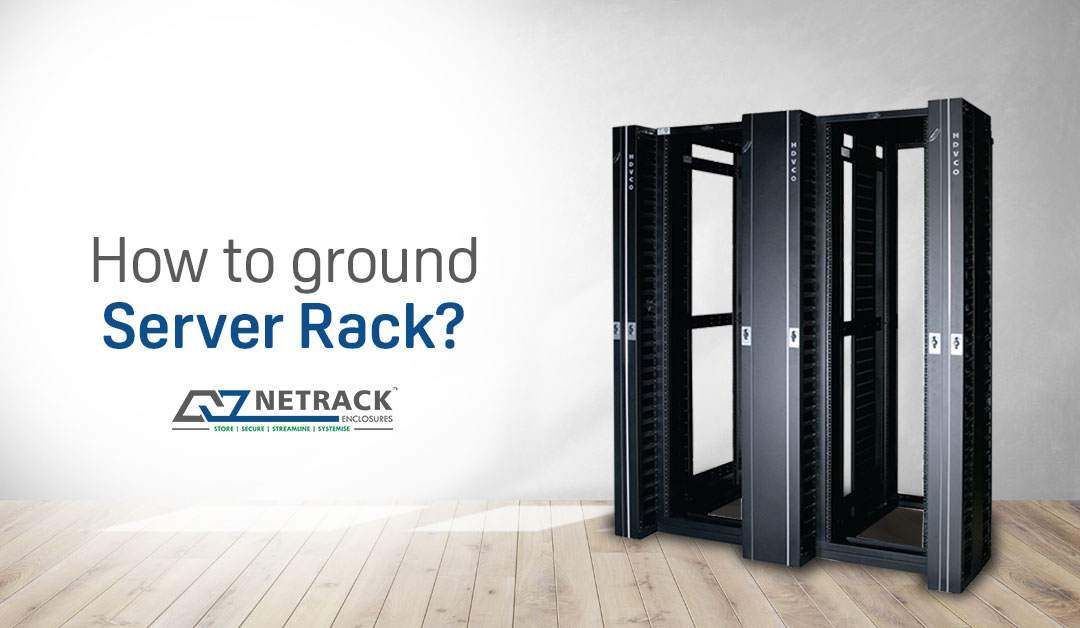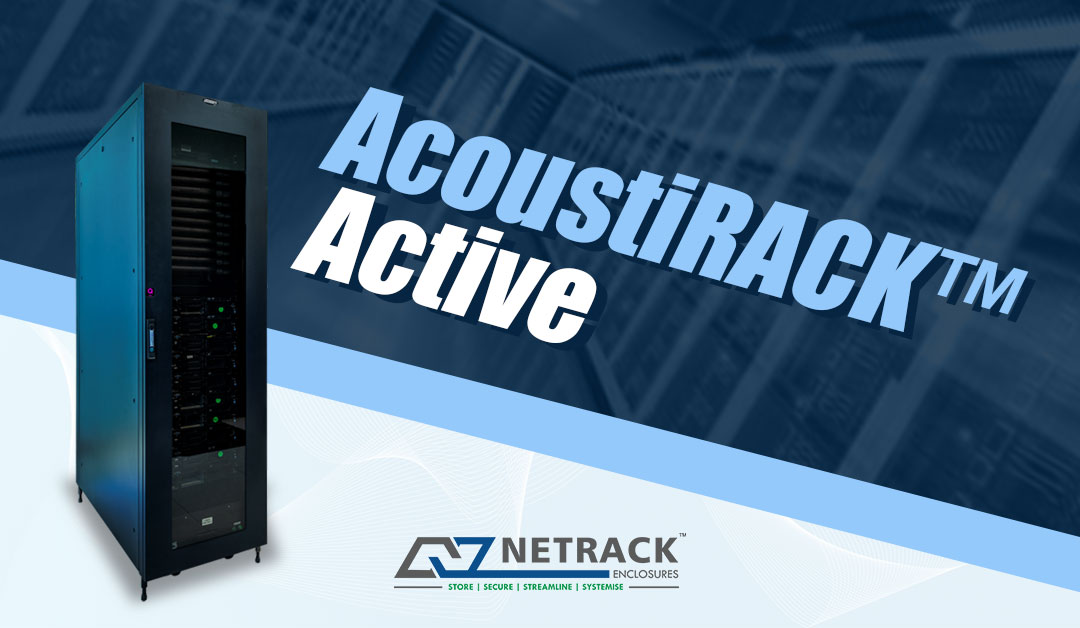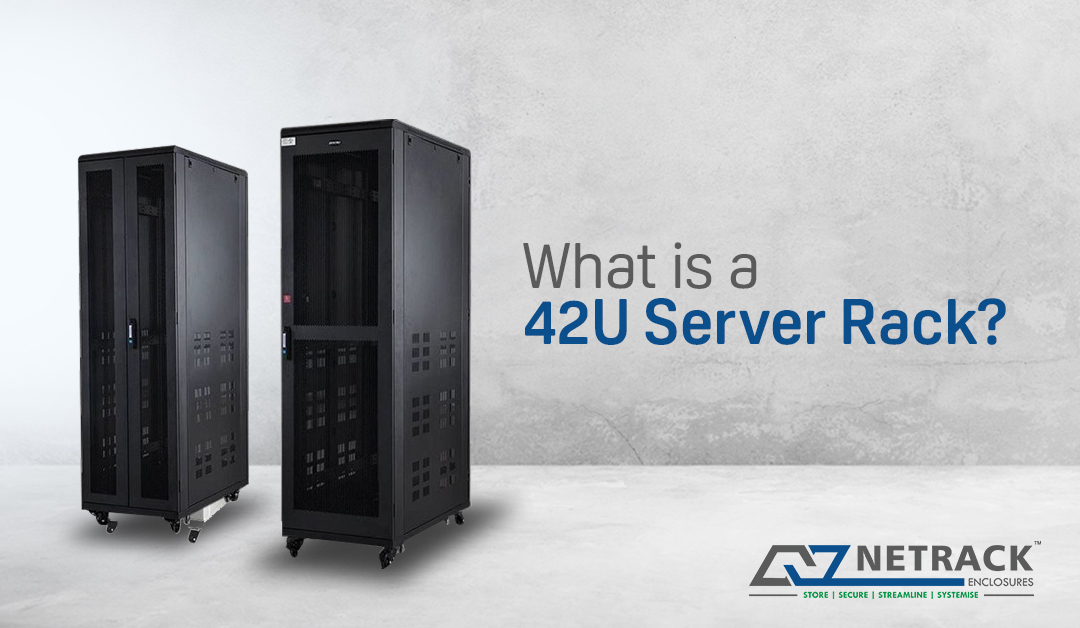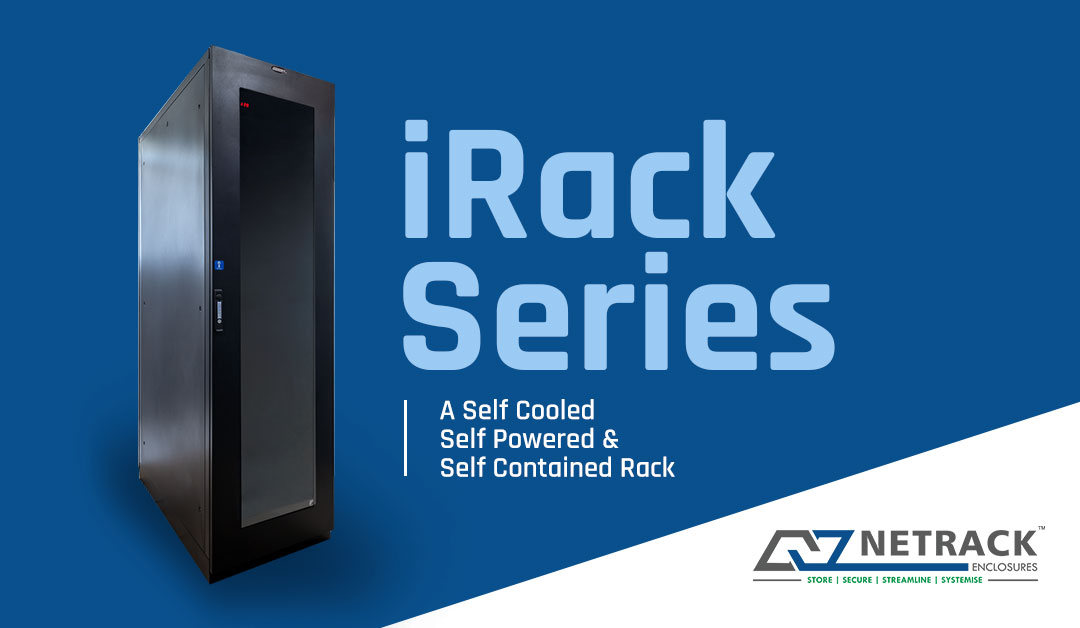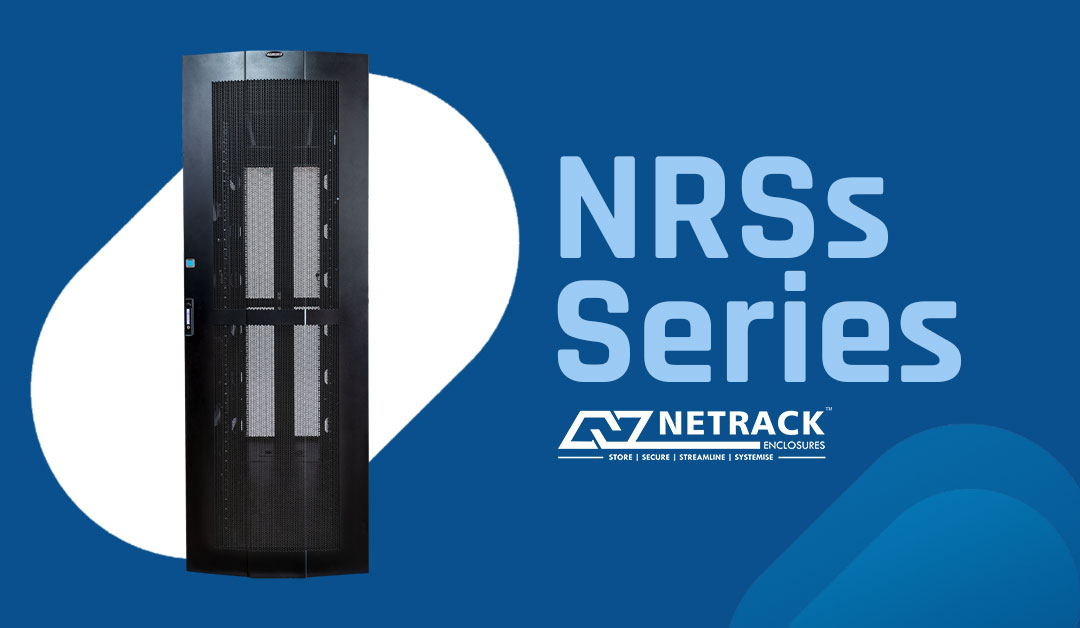Are server racks secured against an earthquake?
Using racks to keep your IT equipment organized is a safe and efficient method to continue daily operations at a firm. However, the physical nature of the equipment puts it at risk of structural damage, especially when located in a zone where severe weather conditions or other natural calamities like an earthquake can be devastating. Since companies need to physically safeguard their equipment, it is important to ensure that the equipment enclosure is seismic proof. In such a situation specialized racks can help in minimizing excessive motion that could otherwise disrupt the normal functioning of the servers within an enterprise. A couple of points to consider when operating in the seismic region include… Know your zone One of the prior things to check when installing IT equipment is the location. It is advisable to collect and analyze the local seismic data for recent years. Seismic standards are often mentioned in terms of
Read More
